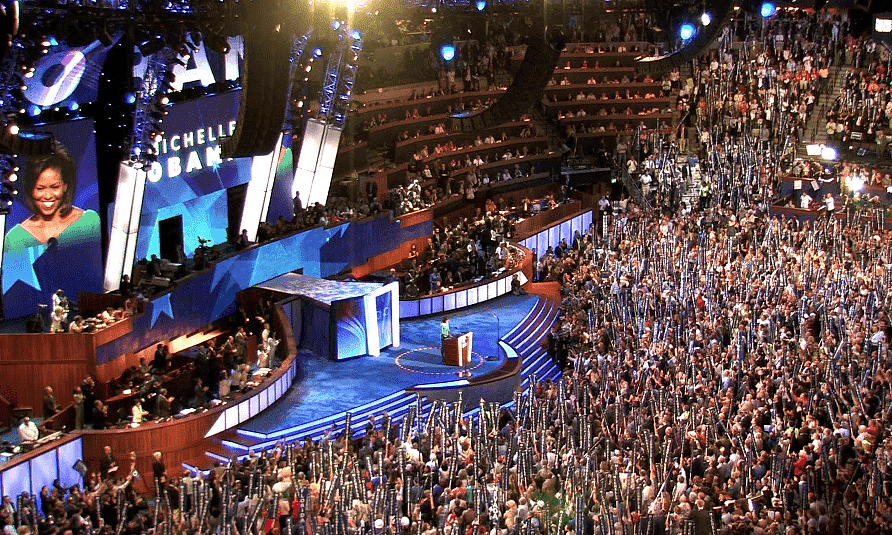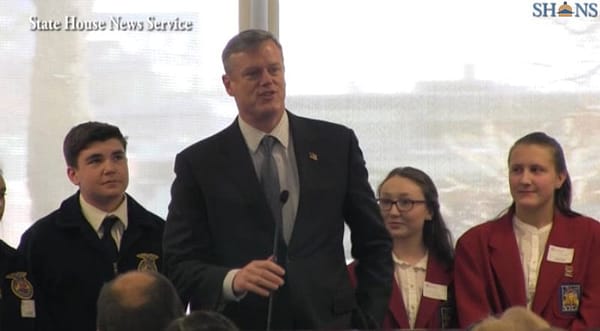Doing the superdelegate math for Democrats

BOSTON – At stake in one critical area of the Democratic Party's overall presidential nominating process: The 712 superdelegates who'll arrive in Philadelphia for the national convention in July, typically having already decided on a candidate to support regardless of how many votes he or she won from the voting public.
To wrap up the nomination, either Vermont Sen. Bernie Sanders or former Secretary of State Hillary Clinton will need to secure a simple majority of all delegates – or at least 2,383 delegate votes.

